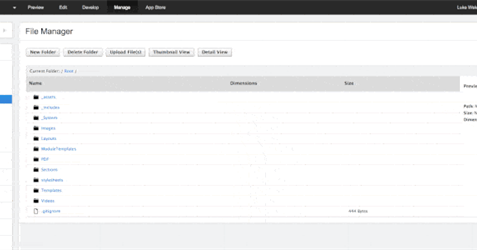Understanding Bounce Rate and What You Can Do About It

In plain English.....
Bounce rate can be defined as a visit to any page on your website which does not result in any further detectable action by the visitor. If a visitor lands on your home page and sees a phone number prominently displayed, he or she may just call you for information or to place an order. At the end of the call, the user may well close the browser tab or navigate to another website. This will trigger a bounce rate instance in Google Analytics because the analytics script cannot detect that the visitor called you. But should it be considered bad? Clearly not, if that visitor goes on to do business with you!
Conversely, if a high number of visitors land on pages of your website (home, about, services, products, contact etc.) and never go on to click through to another web page on your site, you will need to ask yourself "why is that?". And the answer could well be that the content that was served in the browser (yep - that's your web page content!) did not match the user's needs or meet their expectations. A very common example of this is using Google Adwords incorrectly: pointing all ads to the home is more commonplace than you'd think!
Google is all about user experience; if it considers your site does not offer a good and relevant experience to your visitors, it down-grades the site. If your site is not popular (or is losing popularity), the same happens. It's almost a Catch 22 (but not quite), and here's why:-
Everyone starts somewhere and a new website (launched in June 2018 let's say) is unlikely to have a huge following by today (without a massive advertising and publicity budget). To please and impress Google, you need to slowly grow your popularity - month on month, year on year. It doesn't matter that the growth is moderate: it's the fact that your site is becoming more popular that matters. There are a number of ways to do this, but adding fresh content and improving your search rankings is probably the best place to start. Keep an beady eye on bounce rates, tweak landing page content accordingly, add (or improve) calls to action - especially those which require a click through to another page, as this reduces bounce rate straightaway.
Food for thought... is it better then to create calls to action which necessitate a click, rather than plastering your phone numbers all over your website? Well, it defies all convention, but yes, possibly. I think 99 designers out of 100 would recommend having the contact numbers on every page (for obvious reasons), but this could be working against you when only considering bounce rate.
A simple workaround. Try it!
We recommend to all our customers that they use a rather nifty "Let us call you" approach. We're all busy and this service offers your visitors a super-quick way of getting in touch. A simple callback request offers a number of benefits, both to you as business owner and to your customer. Firstly, the visitor needs to click the link opening a new page with form (bounce rate lowered) and fill in Name and Phone Number (obviously!); next, your customer respects you for offering to call them back (it's psychological but it works); and thirdly, you have their contact details in your CRM. How many times have you scribbled down someone's phone number on a scrap of paper but never written down their name or email address?! Ask our support guys to install a Callback Form on your website, and see what happens to your bounce rate.
What should your website bounce rate be?
A tough question because your website could have a high bounce rate (over 80% for example) and still be performing really well. Examples of this would be sites that use Chat Bots, single page websites, sites that have very strong calls-to-action such as highly prominent "Call Now!", or other information that satisfies the visitor's needs. As we've discussed above, a high bounce rate might be inevitable depending on the type of website and how successful your call-through rates are.
If you have a multi-page website with good, strong calls to action, aim for an overall bounce rate of around the 50% mark, but don't be too alarmed if it's much higher and you're getting the phone calls.




